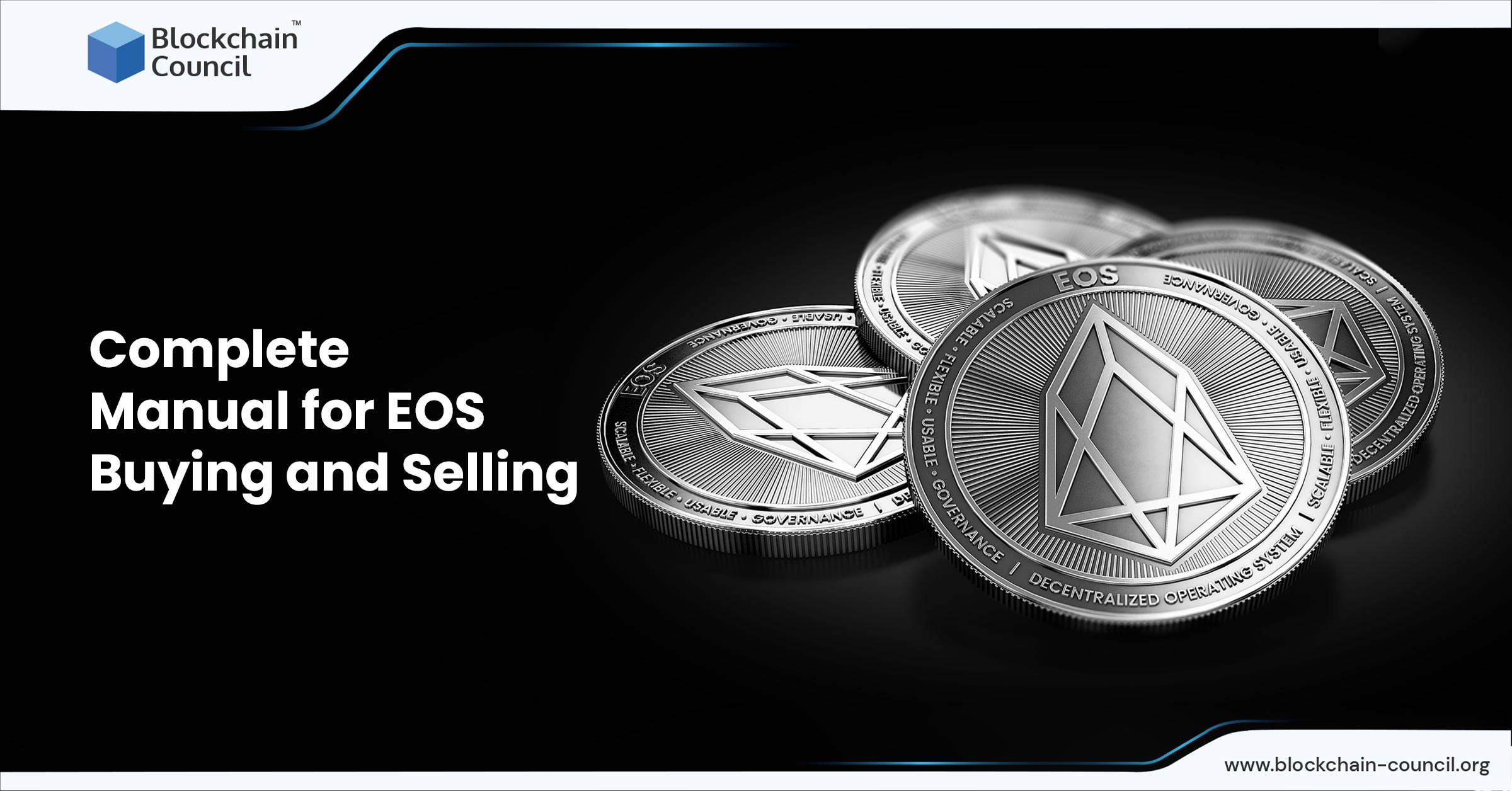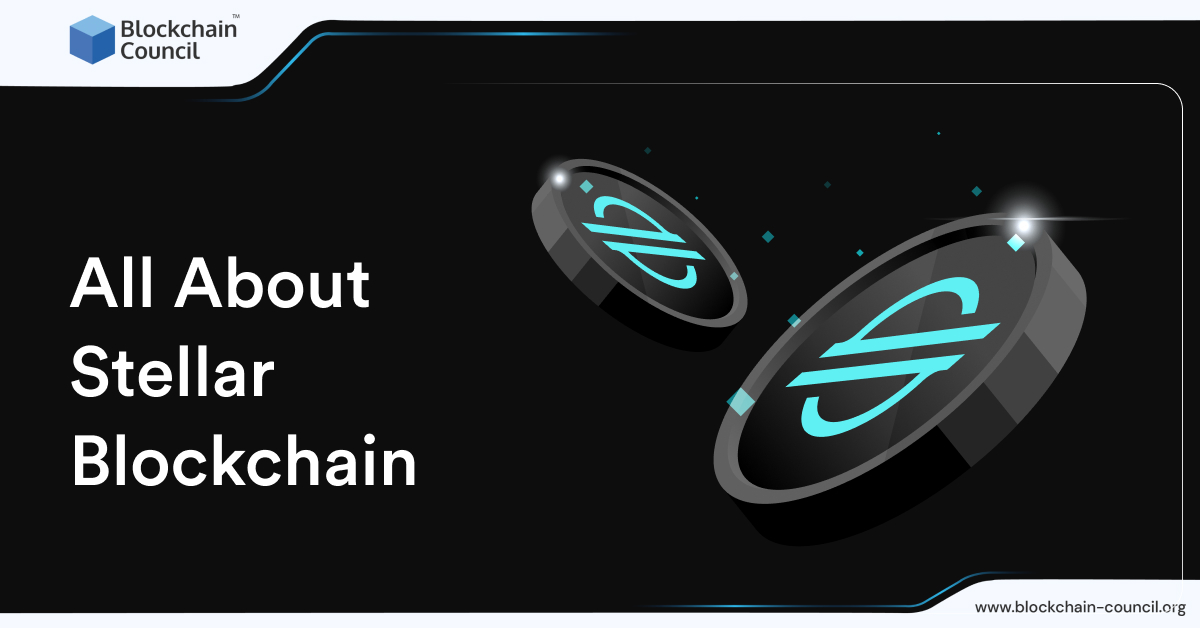
- Blockchain Council
- July 07, 2022

Turning the pages of history to the time when Bitcoin was launched, we realize how quickly the industry has outperformed itself to grab the position it enjoys presently. Welcomed with speculative thoughts, fingers pointing towards usability, crypto garnered more antis than supporters. A big group of experts brushed off the idea of its success in the financial domain, addressing it as a ‘failure’ even before it began its journey. However, to everybody’s surprise, crypto stayed and sustained the ups and downs to finally convert all the negatives into positives.
It grew to become the multi-billion-dollar industry we see today in a decade span by earning rigorous support from retail investors and business magnates.
What started with a single coin, today sprawls across the economic realm with over 5000 distinct varieties of virtual assets. The market expanded from regular virtual currencies to fiat-pegged stablecoins, and Non-Fungible Tokens. Amid the diverse portfolio of digital assets, there is one such project which has gained quick popularity because of its robust ecosystem.
The venture is called ‘EOS’ the popular acronym for Electro-Optical System. The blockchain network provides seamless access to a decentralized infrastructure focused on crypto trading. It is a user-friendly, safe, and reliable interface for those who are willing to explore the world of cryptocurrencies.
Here in this article, we will talk in-depth about the EOS platform, its features, it’s working, and everything about EOS token trading. So, let’s jump to our topic:
What is EOS?
Launched in June 2018 by Dan Larimer, Electro-Optical System is an open-source operating system designed on blockchain to incorporate decentralization as a resource. With its powerful blockchain infrastructure, EOS helps to build industry-level decentralized applications for multiple uses. The open-source software used by the portal is called EOS.IO and was created by Cayman Islands-based firm, Block.one. At the time of its launch, the project managed to fetch a whopping amount of $4.1 billion in its ICO. The team offered 1 billion ERC-20 tokens to investors during the launch so as to gain market exposure and expand its coverage. The ICO became one of the biggest crowdfunding events in the history of crypto. EOSIO, presently, stands tall holding one of the biggest market caps in the blockchain realm.
At its core, the EOS operating system strives to provide streamlined access to a user-centric interface that nurtures innovation. The project was designed as a countermeasure to the issues that restrain blockchain adoption. One such drawback is scalability which plays a significant role in limiting the scope of blockchain technology as a mainstream resource. A good cryptocurrency trading course can help you learn more about the importance of scalability in a blockchain cluster.
For instance, the TPS rate of top-tier blockchain network Ethereum is very low which clearly indicates the scalability issues existing therein. Apart from low scalability, Ethereum users have to empty their pockets for paying Gas Fees before using any DApps built on the platform. This makes the entire process of using blockchain very costly and thus not suitable for low-capital investors.
EOS came to solve these issues that hamper the growth of blockchain projects. The portal enriches DApp developers with a robust toolkit that helps them to build and scale potent decentralized applications with ease.
Why Choose EOS?
The key benefits of using the EOS blockchain are:
-
Scalability
As mentioned above, EOS blockchain renders to solve the issue of scalability which is quite common in the present blockchain sector. The platform aids in the development of industry-grade DApps via its web toolkit and related services. The toolkit helps in interface development and focuses on offering a user-friendly DApp experience. EOS claims to support millions of transactions per second via its delegated Proof-of-Stake (DPoS) consensus mechanism. In this system, the token owners elect the validators instead of picking them out randomly.
-
Free of cost
Unlike Ethereum which charges additional fees at every stage of DApp development, EOS offers an economical interface. It allows developers to design DApps that are free to access by users. This helps to unlock new opportunities for growth for the blockchain community.
-
Flexibility
Back in 2016, Ethereum faced a code vulnerability that caused a major fund loss for Ethereum’s venture capital fund DAO. The impact was so huge that the entire network came to a standstill. This caused Ethereum’s hard fork which eventually led to the formation of two distinct blockchains- Ethereum Classic and Ethereum- with individual cryptocurrencies.
EOS claims to be free from such vulnerabilities because of its DPOS consensus mechanism. In case of any threat or network failure, the chosen block producers can freeze the DApp till the time the system recovers from the attack.
-
Permission Schema
EOS facilitates an extensive permission system that helps to create customized permission schemes for multiple business processes. For instance, users can create a custom permission set up for safeguarding a particular feature of an EOS smart contract. They can also divide the authorities required to invoke a function in an EOS smart contract. This helps developers to create their products without churning between the complicated processes.
-
Swift Upgrades
The DApps deployed on the EOS network are easily upgradable. The feature helps creators to deploy code fixes, alter features, and redo application algorithms. Developers can easily renew their apps without being attached to a bug permanently. One can also deploy irreversible EOS smart contracts.
-
Governance
The governance structure in EOS is quite well-designed. It is managed by setting up regulations and choice of law clubbed with mutually accepted norms. This comes in handy because of the legally binding constitutional setup. Each trade on the EOS blockchain needs the hash of the constitution attached to the sign. This binds the user to the constitution.
How does it work?
EOSIO thrives as a fully-decentralized operating system that helps the network in facilitating a plethora of services for DApp developers. It aims to be a business-friendly and user-focused platform that brings crypto closer to investors, fueling its adoption across the globe. Using the DPoS consensus mechanism, the EOS blockchain makes it’s working different from other decentralized networks. It supports high-end scalability and so processes a bulk volume of transactions in less time when compared to Ethereum.
EOS facilitates parallel execution of smart contracts via:
-
Horizontal scalability
This feature improves the TPS rate by including additional computers and node systems in the resource network. In the case of vertical scalability, the TPS rate is expanded by increasing the processing power.
-
Interoperability
It refers to the potential of different blockchains to exchange, access, and leverage data between each other. Interoperability helps to create products that come packed with the lucrative features of several blockchains simultaneously.
-
Asynchronous communication
The feature wipes off the need for all the parties to be present together for communication to take place. This makes the work easier for the users.
About EOS Token
EOS is the in-built utility coin of the core EOS network. Those willing to use the blockchain for DApp development need not have to spend EOS coins necessarily. Unlike other tokens like Bitcoin, EOS does not depend on mining for the addition of new coins in the channel. The token stands at the 48th position in the market and has a circulating supply of 993,187,865 EOS.
In EOS, block creators produce more blocks to earn EOS tokens as rewards. The platform allows block creators to choose the amount they are willing to accept as payment. To ensure transparency, the platform has set a limit for producer reward tokens. The annual surge in token supply cannot cross the 5% mark.
The token owners who cast votes in this regard have full authority to restrain block producers who cross the set limit. Investors can store EOS tokens in several digital wallets and then easily trade them across global crypto exchanges like Binance, OKX, Bybit, MEXC, etc. The price of the EOS token (at the time of writing) is $0.9109.
How to Buy an EOS Coin?
-
Choose a wallet
The first thing one needs to initiate EOS trading is a digital wallet. Presently, the market offers a wide range of wallet portals that support EOS storage, purchase, and sale. Crypto wallets come in two distinct forms namely hardware wallets and software wallets. Where software wallets are computer programs that store the wallet keys for investors, hardware wallets are metal devices that are more like USBs. Software wallets are intangible whereas hardware wallets are tangible and are plugged into the system from outside. Hardware wallets are considered more secure than software wallets.
We know that crypto wallets do not store assets rather they store the private keys for the holders. Private keys are the passwords that authorize the holders to access, trade, and exchange their digital assets with others. EOS wallets have two private keys namely the owner key and the activation key. The owner key controls the activation key fully. The activation key helps in staking, unstaking, and transfer of tokens within the EOS network. Investors need to create a 12-character name for themselves on the blockchain which serves as the EOS holder account. One also needs to have a cryptocurrency address which is a unique combination of numbers and letters representing a wallet that can send and receive cryptocurrencies.
-
Choose a Crypto Exchange
Coinbase
Coinbase stands tall as one of the most trusted crypto exchanges in the world. It is listed on NASDAQ and has a client base hailing from over 100 countries including the USA, UK, Canada, Singapore, etc. The exchange offers the best security standards where 98% of user funds are stored in offline channels. The exchange has a strong portfolio of more than 140 crypto tokens including EOS. It is easily accessible on desktop, Android, and iOS.
Binance
Recognized as one of the largest cryptocurrency exchanges in the world, Binance is the first choice for crypto fans. Investors can move to Binance for purchasing EOS because of low fee charges and higher liquidity. This helps in the easy purchase and sale of EOS tokens.
KuCoin
The crypto exchange offers support for EOS trading along with seamless access to over 300 other virtual assets. It has a reasonable fee structure which attracts investors of all classes. The KuCoin ecosystem facilitates purchasing via credit and debit cards.
WazirX
WazirX is an Indian cryptocurrency exchange with more than 400,000 customers. The exchange supports the trading of EOS along with some other top-tier coins. It accepts users from across the globe. WazirX is a part of the Binance ecosystem which makes it a trusted brand in the sector.
Huobi Global
Created in 2013, Huobi Global has managed to become one of the largest virtual asset exchanges. It has a trading volume of US$1 trillion which is supported by more than 5 million customers coming from over 130 countries. It is one of the most preferred exchanges for EOS trading.
How to Sell EOS Token?
- Get yourself registered on a trusted crypto exchange.
- Add the token volume you are willing to sell.
- Trade the EOS coins for BTC or ETH.
- Move the BTC or ETH coins to your digital wallet.
- Sell the BTC or ETH coins for fiat and withdraw the earnings.
Conclusion
EOS shines as a trustable, secure, and safe resource for investors planning to enter the digital asset space. The EOSIO operating system and the native EOS coin make the core infrastructure of the EOS blockchain highly efficient. Its core infrastructure allows developers to create projects that are innovative and serve the purpose of the industry. The platform offers a robust toolkit for DApp creation which is economical and user-friendly. The decentralized network strives to lessen the gap between crypto and investors so as to make virtual assets a dominant class within the global financial hub.
Now, if you want to learn more about crypto, then Blockchain Council can be your perfect companion here. The platform offers a wide range of courses that help to learn crypto trading concepts and blockchain technology mechanisms easily. The participants get practical and subjective knowledge from the cryptocurrency expert training programs available on the website.





































































 Guides
Guides News
News Blockchain
Blockchain Cryptocurrency
& Digital Assets
Cryptocurrency
& Digital Assets Web3
Web3 Metaverse & NFTs
Metaverse & NFTs
